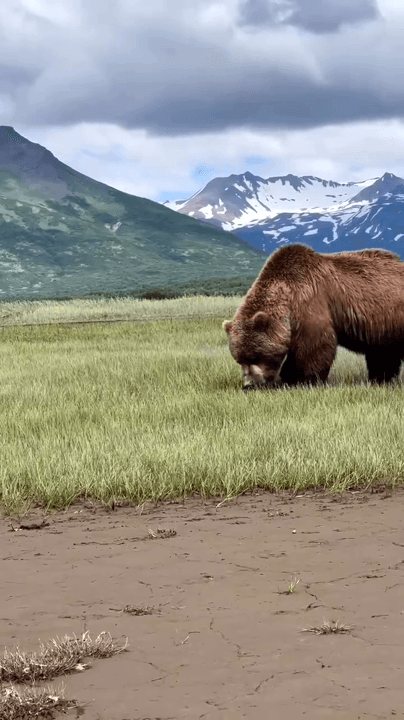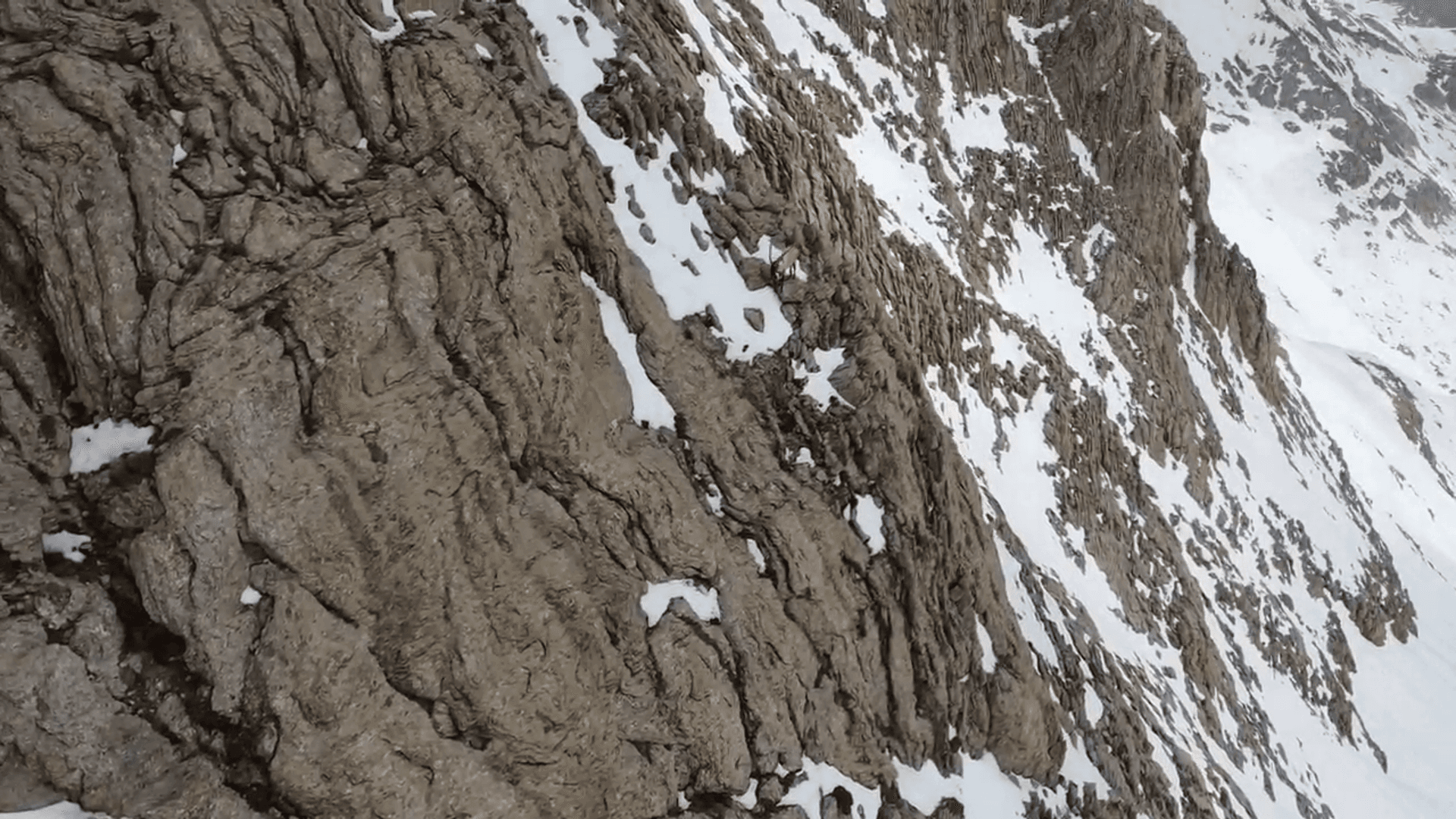
Hunting in the KOOTENAYS, BC: Exploring Demographics, Associations, and Clubs of the Region, Geographical characteristics, Laws and Hunting Seasons The Kootenays region of British Columbia, Canada, is a hidden gem for hunters seeking an unparalleled outdoor experience. Nestled in the southeastern corner of the province, this area is defined by its dramatic landscapes and abundant wildlife, making it one of the most sought-after destinations for hunting enthusiasts. Whether you're a seasoned hunter or new to the sport, the Kootenays offers something for everyone. Geographical and Natural Features of the Region from the Point of View of Hunting The Kootenays are dominated by towering mountain ranges and pristine waterways, creating diverse ecosystems that support a wide variety of game animals. Four parallel mountain ranges—Selkirk, Monashee, Purcell, and Rocky Mountains—run through the region, with elevations ranging from approximately 800 to 3,400 meters. These rugged terrains pr
Post: 26 May 06:02
















































